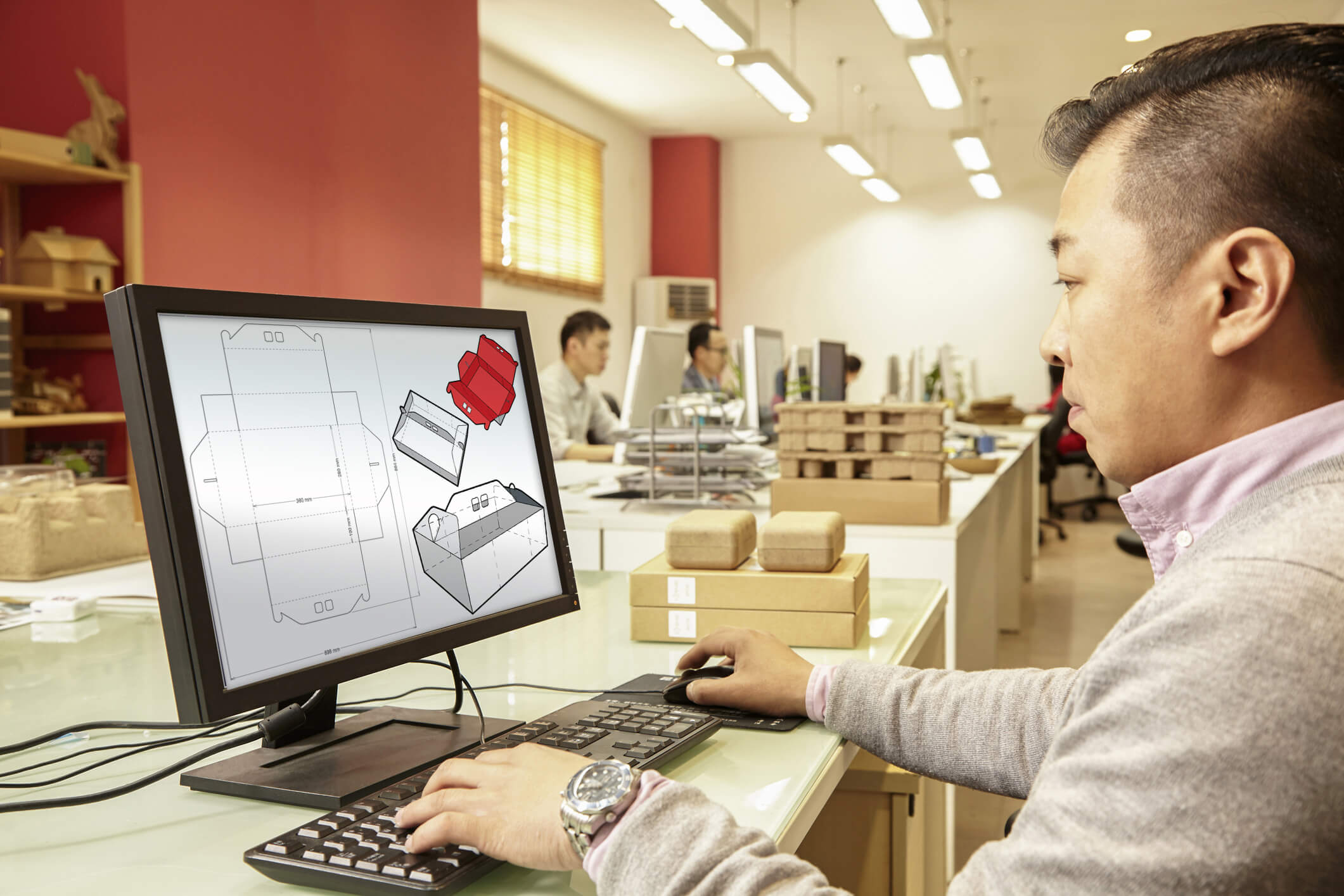As far as designers and companies are concerned, the future seems to be more about a creative collaboration between designers and algorithms, with raw talent and technology working together.
The Sensitive Side
Our culture, society, environment and economic state all play a critical part in how we approach communication visually to consumers and the public in general. In these hesitant times, sensitivity to human connection is becoming more important than ever. Graphics and packaging are taking a softer, more subtle approach than that of the black and white trend of previous years. Soft and tactile materials are becoming as important as tranquil color palettes and are helping to ease the integration of technology in our lives in a more natural and human manner.

While more eco-centric, natural tones have been a go-to for organic companies for years, the increased consumer focus on buying products from eco-friendly brands should see a flood of companies outside the more traditional, organic space start to embrace earth-inspired color palettes in 2021. Also contributing to the efforts to promote a sense of calm in our world, packaging and label designers are creating concepts that demonstrate a more restrained and simplistic approach. Uncluttered design communicates honesty, with no need to hide behind busy graphics. This trend in packaging designs is particularly popular, especially among organic products.
Inspired by advances in technology and building on the popular neo-mint trend, Aqua (Pantone’s color of 2021) is going to be a huge trend in the upcoming year, according to the trend forecasting company WGSN. This ‘positive’ color has a futuristic and innovative feel.
Incoherence with this color psychology, we are also seeing a graphic trend that combines retro and futuristic creative elements, invoking both feelings of nostalgia (retro) and anticipation (futurism). Anticipate plenty of neon colors, bold gradients and retro design touches – such as minimalist logos and retro-inspired typography – to come together in unique, unexpected and on-trend ways.
High Tech meets High Touch
Another high-growth area in the graphics arena is the increased use of varnish, metallics and holographic foil elements. Tactile design, such as raised textures and embossing, is quickly becoming expected, especially in the luxury brand market. With the introduction of technology such as the MGI JETvarnish 3D Evolution, which embellishes printed output with digital dimensional textures and foil stamping, these sought-after graphic techniques are now easily and efficiently achieved.
In this technology-driven world, we have to ask ourselves the question, “is technology changing design?” Artificial Intelligence (AI), Augmented Reality (AR) and 3D printing are forcing designers to create with new high-tech channels. Often the human connection is lost when what is being communicated takes a back seat to the technology used. It is critical that the visual experience remains focused on what’s being communicated, and less on the vehicle used.